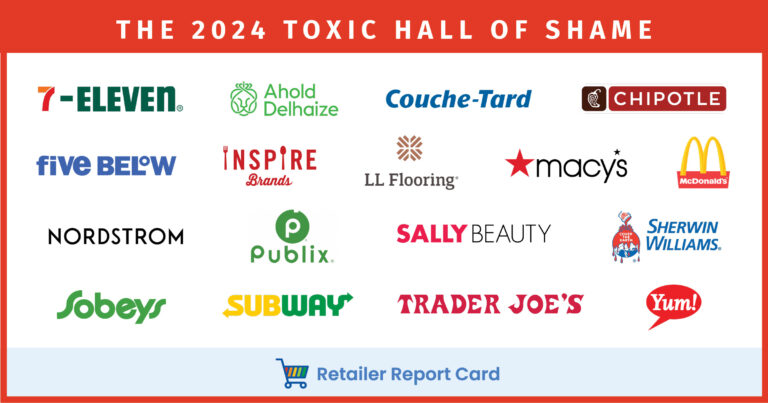Antimony
What is Antimony
Antimony is a naturally occurring metal often used in combination with lead and zinc, found in metal alloys, paints, ceramics, and fireworks. It is also used as a catalyst to produce polyester, and is found in plastics used for disposable beverage bottles. The most widely used antimony compound is antimony trioxide, used as a component in flame retardant applications.
How am I exposed?
Antimony is released into air and water from coal-burning power plants, incinerators, mines, and industrial facilities. In urban areas, the primary sources of exposure are likely to be vehicle exhaust and industrial emissions. Since antimony is also used in consumer products, house dust is another likely exposure source.
Why should I be concerned?
Antimony trioxide is classified as a carcinogen in the state of California. It has also been listed as a possible human carcinogen by the International Agency for Research on Cancer.
Breathing air contaminated with antimony can cause eye and lung irritation, heart and lung damage, stomach pains, diarrhea, vomiting, and stomach ulcers. Ingestion of large doses of antimony may cause stomach pains and vomiting. In long-term studies, animals exposed to low levels of antimony had eye irritation, hair loss, lung damage, and heart problems.
Antimony may also impact fertility, with laboratory studies showing antimony exposure to cause fertility problems.
What can government and industry do?
Currently, there are few regulations for products with antimony and antimony compounds.
The Consumer Product Safety Improvement Act, passed by Congress in 2009, created a mandatory standard limiting migration of antimony from children’s products to 60 ppm. California restricts the amount of antimony that can be in the paints and coatings of certain consumer products.
Additional restrictions are needed to minimize exposure to antimony from consumer products. Companies using antimony in flame retardant applications should choose alternate materials or safer chemicals.
How can I reduce my exposure?
To reduce exposure to antimony avoid products treated with flame retardants and seek alternatives. To learn whether a product contains antimony trioxide, ask the manufacturer whether it contains added flame retardants and which ones have been used. You can also reduce exposure to antimony by avoiding the use of disposable plastic bottles, such as single use water bottles.
Take Action


